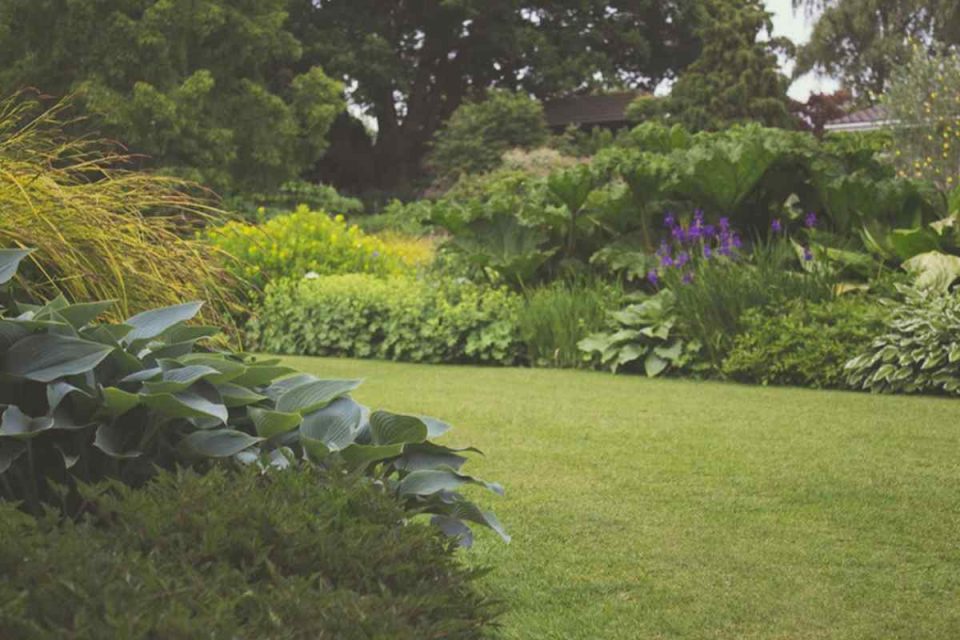Creating a perfect garden in 2023 requires passion, dedication, meticulous planning, and organization.
Whether you’re a experienced gardener or a beginner, this comprehensive guide will help you plan your ideal garden.
With a professional tone, we’ll cover everything from financing and improving the value of your home to selecting the right plants and tools for your garden.
Table of Contents
Financing a New Garden and Improving Home Value
Investing in a well-designed garden can significantly enhance the value of your home.
However, before delving into the nitty-gritty of garden planning, it’s essential to understand the financial aspects of creating a new garden. One option to finance your garden is by taking out a 3000 loan.
This loan can cover the initial costs of plants, materials, and tools required to establish your dream garden.
A well-planned garden not only offers an aesthetically pleasing outdoor space but can also increase your property’s curb appeal and overall value.
In addition, a well-maintained garden demonstrates attention to detail and commitment to home improvement, which can attract potential buyers.
Key Steps to Planning a Perfect Garden
1. Determine Garden Type and Purpose
Before creating a blueprint for your garden, decide on its primary purpose and the type of garden you want to establish. You can choose from a variety of garden types, such as:
- Vegetable garden
- Flower garden
- Herb garden
- Container garden
- Zen garden
Consider whether your garden will be primarily for personal enjoyment, food production, or ornamental purposes. Your choice will determine your garden’s plants, layout, and overall design.
2. Assess Your Space and Location
Analyze the available space and location of your garden. Take note of factors such as:
- Sunlight exposure
- Wind patterns
- Soil type and quality
- Slope and drainage
- Existing structures and vegetation
These factors will influence your choice of plants, layout, and other garden elements.
3. Sketch a Garden Layout
Create a rough sketch of your garden layout, incorporating existing structures, vegetation, and focal points. Consider the scale, proportion, and overall balance of your garden design.
Remember the mature size of the plants you plan to use, allowing ample space for growth without overcrowding.
4. Choose the Right Plants
Select plants that suit your garden’s purpose, location, and environmental conditions. Consider factors such as:
- Hardiness zone
- Sunlight exposure
- Soil type and pH
- Watering requirements
- Growth habits and mature size
Ensuring your chosen plants are well-suited to your specific garden conditions will increase their chances of thriving.
5. Plan for Irrigation and Watering
Develop a watering plan that caters to the needs of your chosen plants. For example, consider installing an efficient irrigation system, such as soaker hoses or drip irrigation, to minimize water wastage and ensure consistent watering. Alternatively, plan to water your garden manually, considering your plants’ specific needs.
6. Prepare the Soil
Conduct soil tests to determine your garden’s soil type, pH, and nutrient levels. To improve its structure and fertility, amend the soil accordingly by adding organic matter, such as compost or well-rotted manure.
7. Install Garden Structures and Hardscaping
Incorporate hardscaping elements like pathways, patios, retaining walls, raised beds, and trellises into your garden design. These structures can enhance your garden’s functionality and aesthetics while supporting plants and facilitating access and maintenance. For projects such as this, exploring dumpster rentals across the USA, or wherever you are, can help facilitate efficient waste removal, ensuring your garden space remains organized and ready for the next phase of your design.
8. Plant and Maintain Your Garden
Once your garden plan is complete, it’s time to plant and nurture it. Regular maintenance tasks will include:
- Watering
- Pruning
- Fertilizing
- Pest control
- Weeding
Proper maintenance will ensure the health and longevity of your plants and keep your garden looking its best.
9. Plan for Succession Planting and Crop Rotation
If planning a vegetable or herb garden, consider incorporating succession planting and crop rotation strategies to maximize productivity and minimize pest and disease issues.
Succession planting involves sowing new crops as soon as one crop is harvested.
In contrast, crop rotation consists of changing specific crop types’ locations each year to prevent soil depletion and reduce disease pressure.
10. Keep a Garden Journal
Maintain a garden journal to record your planning process, planting dates, maintenance tasks, and observations about your garden’s progress.
This invaluable resource will help you refine and improve your garden plan over time, leading to a more prosperous and enjoyable gardening experience.
Essential Garden Tools and Equipment
A well-equipped gardener needs various tools and equipment to create and maintain a perfect garden. Some of the essential tools include:
- Gardening gloves
- Hand trowel
- Pruning shears
- Garden fork
- Spade
- Rake
- Hoe
- Wheelbarrow
- Garden hose or watering can
- Garden stakes and plant supports
Investing in quality tools and equipment will make your gardening tasks more manageable and ensure your tools’ longevity.
Final Thoughts
Planning a perfect garden in 2023 is achievable with the right approach and dedication.
By following this comprehensive guide, you’ll be well on your way to creating a beautiful and functional garden that serves your needs, enhances your home’s value, and brings joy to your outdoor living experience. Happy gardening!

